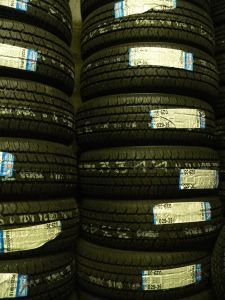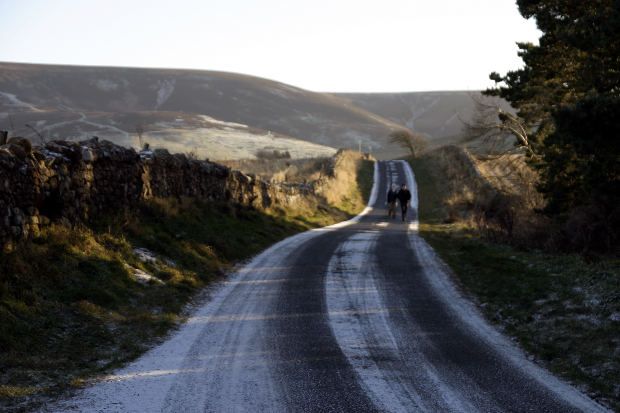Winter Weather Driving Myths (That Can Get You Killed)

Winter Weather Driving Myths -
Atlanta's winter driving conditions have been crazier than ever this year.
It's time you learned how to drive in the snow, ice, and other adverse conditions in the event you have to. Of course, if you don't have to go out in inclement weather it's always best to stay home! If Snowpocalypse taught us anything it's never to underestimate the power of a little weather to make things miserable.
Unfortunately, there are plenty of pervasive winter-weather driving myths that simply aren’t true. Not only is believing them unadvisable, it can actually be incredibly dangerous. Every year anaverage of 467 people are killed while driving on icy roads in the U.S. Learn how to handle them to avoid becoming a statistic.
Here are some winter driving myths you should never, ever believe…
Myth 1: All-Season Tires Can Handle Any Conditions
It’s important to remember that all-season tires are actually middle ground. They’re not ideal in warm conditionsnor are they ideal in the winter. They’ll give you slightly more traction than regular tires but they are by no means comparable to winter tires because they don’t get as soft meaning they offer less grip.
 Myth 2: Under Inflating Your Tires Gives You More Control
Myth 2: Under Inflating Your Tires Gives You More Control
We don’t know where this myth came from but it’s very, very dangerous. You should always keep your tires inflated per manufacturer’s recommendations because under-inflation could actually damage your tires and give youless control. It takes over ten times as long to stop in icy conditions as it does on dry roads.
Myth 3: If You Skid, Put the Car in Neutral
This really only applies if you have a rear-wheel drive vehicle, and then only in very specific conditions. Some skids actually require you to apply gas! It’s impossible to know exactly how your car will react in the weather so it may be a good idea to find a driving school near you to let you practice on a closed course. When in doubt, don’t drive.

Myth 4: Put the Car in Low Gear for Slippery Conditions
The gear you should be in really depends on the conditions. Yes,sometimes lower gears can be helpful for descending hillsbut in general, a moderate gear is best. For cruising you want to be in a gear that allows you to maintain between 2000-3000 RPMs as a rule of thumb.
Myth 5: If It’s Above Freezing, Conditions are Safe
Nope! In fact, the most dangerous time to be on the road after winter weather is as thawing begins. If ice on the roads is thick it can actually becomemore slippery as the top thaws. Snow melt, too, can be incredibly slick if the temperature is hovering near the freezing mark.
All in all, the biggest thing to remember about driving in winter weather is that there are no blanket conditions. You can’t always assume conditions will be manageable in a certain way and you should never, ever let your guard down even if the roads seem fine. In Atlanta, it’s all too easy to learn that lesson the hard way.
©2025 North Metro Online Driving School and Court Classes | www.NorthMetroTrafficSchool.com


